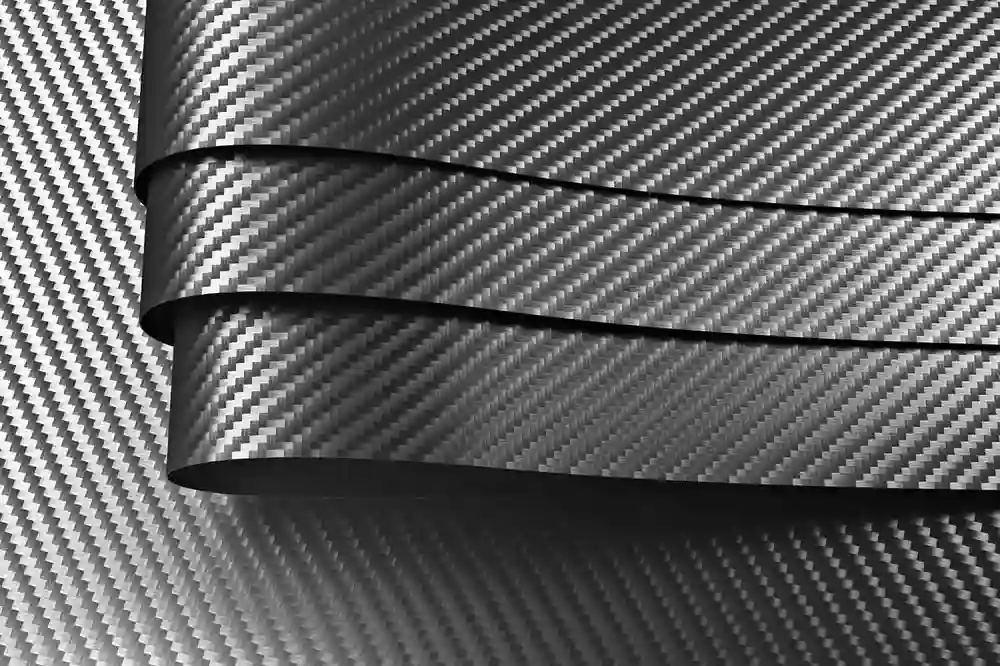Carbon Fibre Reinforced Polymer (CFRP) is an advanced composite material known for its high strength-to-weight ratio, durability, and resistance to environmental degradation. Initially developed for aerospace applications, CFRP has gained prominence in various engineering fields, including civil and structural engineering. In the Australian building industry, CFRP is being increasingly used for structural reinforcement, retrofitting, and innovative construction techniques. This article explores the composition, properties, benefits, and specific applications of CFRP in the Australian building sector.
What is Carbon Fibre Reinforced Polymer (CFRP)?
CFRP is a composite material made from carbon fibres embedded in a polymer matrix. The carbon fibres provide high tensile strength and stiffness, while the polymer matrix (typically epoxy resin) offers environmental resistance and load transfer between fibres. CFRP is classified as a lightweight yet strong material, making it ideal for applications where both strength and weight reduction are crucial.
Composition of CFRP
- Carbon Fibres – High-strength fibres that provide stiffness and load-bearing capacity.
- Polymer Matrix – Typically an epoxy resin that holds the fibres together and protects them from environmental damage.
- Additives and Fillers – These may be included to enhance properties such as fire resistance, UV protection, or impact resistance.
Key Properties of CFRP
- High Strength-to-Weight Ratio – CFRP is stronger than steel but significantly lighter, making it ideal for weight-sensitive applications.
- Corrosion Resistance – Unlike steel, CFRP does not rust, making it highly durable in marine and coastal environments.
- Fatigue Resistance – CFRP maintains its strength under repeated loading, which is essential for structures exposed to dynamic forces.
- Low Thermal Expansion – The material remains dimensionally stable under temperature variations.
- Electromagnetic Transparency – CFRP does not interfere with electromagnetic waves, making it suitable for applications where electronic signals are crucial.
CFRP in the Australian Building Industry
CFRP is increasingly being adopted in Australian construction due to its ability to extend the lifespan of ageing infrastructure, improve seismic resistance, and enable innovative architectural designs. Below are some key applications.
1. Structural Reinforcement and Retrofitting
Australia has a significant number of ageing bridges, buildings, and infrastructure that require strengthening to meet modern safety standards. Carbon fibre reinforced polymer is widely used for reinforcing:
- Bridges – CFRP strips and wraps are applied to concrete beams and columns to enhance load-bearing capacity and prevent failure.
- High-rise Buildings – CFRP is used to retrofit older buildings, particularly in seismic-prone regions like Melbourne and Adelaide.
- Tunnels and Marine Structures – Given its corrosion resistance, CFRP is ideal for reinforcing tunnels and wharves exposed to harsh environmental conditions.
2. Seismic Retrofitting
Although Australia is not a highly seismic region, cities like Adelaide and parts of Victoria are prone to occasional earthquakes. CFRP wrapping is used to strengthen columns and beams, enhancing the ductility and resilience of buildings to withstand seismic forces.
3. Prefabrication and Modular Construction
CFRP is increasingly being used in prefabricated and modular construction due to its lightweight properties. In Australia’s growing modular housing sector, CFRP components help reduce transportation costs and enable rapid assembly.
4. Reinforcement of Heritage Buildings
Many Australian cities have heritage-listed buildings that require structural upgrades without altering their original appearance. CFRP provides a non-invasive solution for strengthening load-bearing elements without adding significant weight.
5. Façades and Architectural Features
Architectural firms in Australia are leveraging CFRP’s flexibility to create innovative designs. Its lightweight nature allows for the creation of complex, free-form façades that would be challenging to construct using traditional materials.
Advantages of CFRP in Construction
- Reduced Maintenance Costs – CFRP’s corrosion resistance means fewer repairs and a longer lifespan for structures.
- Minimal Disruption During Installation – Unlike traditional steel reinforcement, CFRP can be applied externally with minimal construction downtime.
- Sustainability – CFRP reduces the need for heavy materials, leading to lower transportation emissions and energy consumption.
- Enhanced Aesthetic Possibilities – CFRP enables sleeker, more complex designs that would be impractical with conventional materials.
- Improved Safety – CFRP reinforcement enhances structural resilience, particularly in regions prone to cyclones or bushfires.
Challenges and Considerations
Despite its many advantages, CFRP has some limitations that must be considered in the Australian context:
- High Initial Cost – The material is more expensive than traditional reinforcement options, though long-term savings can offset this cost.
- Specialised Installation Requirements – CFRP application requires trained personnel, which may limit its widespread adoption.
- Recycling and Disposal – Currently, recycling CFRP remains a challenge, and sustainable disposal solutions are still being developed.
Future of CFRP in the Australian Building Industry
With advancements in manufacturing techniques and a growing emphasis on sustainable construction, CFRP is expected to play a larger role in the Australian building industry. Researchers are exploring hybrid composites, improved fire resistance, and more cost-effective production methods to make CFRP a more accessible material for mainstream construction.
As Australia continues to focus on infrastructure modernisation and climate-resilient building solutions, CFRP will likely become a staple material for both new construction and retrofitting projects.
Conclusion
Carbon Fibre Reinforced Polymer is revolutionising the Australian building industry by providing high-strength, lightweight, and corrosion-resistant solutions for structural reinforcement, retrofitting, and innovative design. While challenges such as cost and recyclability remain, ongoing research and increased adoption are expected to make CFRP an integral part of modern construction. As engineers and architects continue to push the boundaries of design and performance, CFRP is set to shape the future of Australia’s built environment.


Comment here